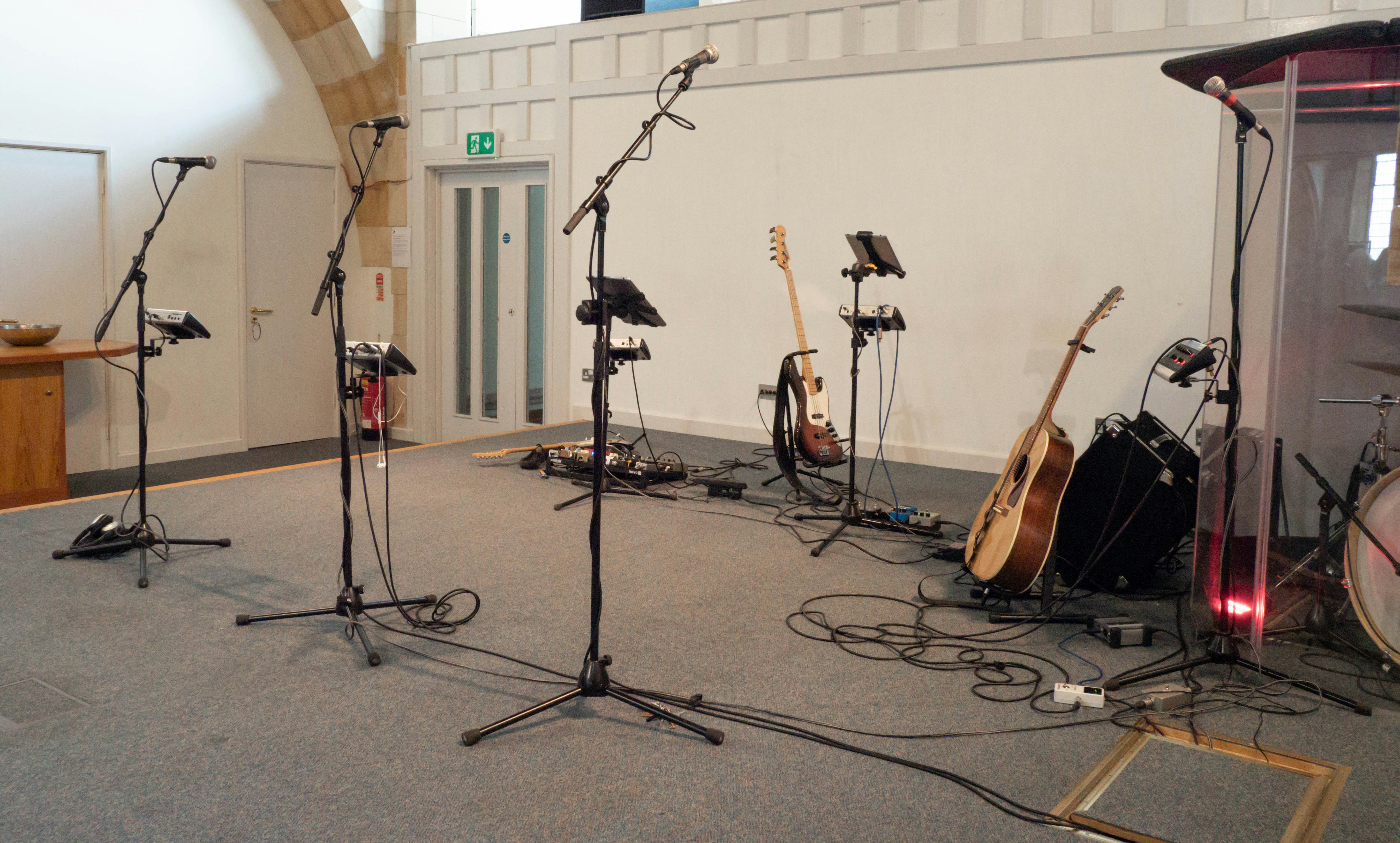Revolutionizing Urban Living: EVs and Pop-Up Mobility Solutions
As cities evolve and the urban landscape transforms, electric vehicles (EVs) are becoming pivotal in shaping modern living. Their rise isn’t just a trend; it’s a fundamental shift towards sustainability and innovation. Picture this: vibrant street corners bustling with pop-up mobility solutions, where EVs double as community hubs and smart transportation tools. This article explores how EVs are revolutionizing urban living spaces through dynamic, on-the-go solutions, paving the way for a greener future and enriching our everyday experiences.
The Urban Transformation: EVs Leading the Charge

In recent years, urban centers are increasingly facing challenges related to congestion, pollution, and inefficient transportation systems. Enter electric vehicles—a key player in addressing these issues. According to research published by the International Energy Agency (IEA), electric vehicle sales rose dramatically by over 60% in 2021 compared to previous years. This surge in adoption highlights a growing recognition of EVs as not just environmentally friendly options but also practical urban solutions.
The Rise of Pop-Up Mobility Solutions

Imagine walking through your neighborhood and encountering fleets of EVs ready to serve various purposes—ranging from ride-sharing to food delivery services. These pop-up mobility solutions redefine how we think about transport, allowing residents to access shared resources without the burden of ownership. Companies like Zipcar and Turo exemplify this trend, empowering communities to leverage EVs effectively while minimizing their carbon footprints. These versatile vehicles are more than just modes of transport—they’re catalysts for change, enhancing social connections while promoting sustainability.
Integrating Infrastructure with Pop-Up Mobility

One critical aspect shaping the success of these mobility solutions lies in the infrastructure. Urban planners and policymakers are increasingly focusing on smart city initiatives, fusing technology with urban living. This approach enables efficient traffic management, reducing congestion and improving overall mobility. Explore how these advances align with trends discussed in this article that evaluates the role of EVs in enhancing traffic flow.
Convenience Meets Sustainability
The beauty of EV pop-up solutions is their adaptability. Urban dwellers can seamlessly use electric scooters, bikes, and cars without being tethered to a traditional ownership model. Accessibility becomes a priority, and so does sustainability. As cities become more congested, the environmental benefits of reduced emissions are impossible to overlook. A recent study by the World Economic Forum indicates that increased EV usage could cut urban emissions by as much as 30% by 2030—a staggering figure that showcases the potential impact of these eco-friendly alternatives.
How EVs Intersect with Smart Technology

Modern urban life doesn't just require sustainable practices; it demands smart integration. Advanced technologies like artificial intelligence (AI) and the Internet of Things (IoT) play crucial roles in ensuring that our EV infrastructure is efficient and user-friendly. From real-time data analytics offering insights into traffic patterns to tailored driving experiences based on individual behaviors, the correlation between AI and EVs presents exciting possibilities for the future. Check out our discussion on personalized driving experiences to learn more about this transformative aspect.
Enhancing the Community Experience

Incorporating EV pop-up mobility initiatives fosters a sense of community. Cities can utilize these transportation hubs for social gatherings, showcasing local vendors and artists. Picture food trucks powered by electric batteries alongside community-led markets—transforming urban spaces into vibrant culture hubs. The combination of sustainability and community engagement cultivates a laid-back atmosphere that encourages residents to embrace their surroundings.
EVs Bridging the Gap Between Nature and Urbanization

Beyond their immediate practical benefits, electric vehicles play an essential role in balancing urbanization and nature. Biophilic design—which emphasizes the connection between nature and urban life—finds its way into the integration of EVs in urban spaces. From parks designed to include charging stations to culturally infused street art celebrating the community, it’s essential to recognize the unique relationship between electric vehicles and their environment.
Learn more about innovative interior designs in EVs that nurture this connection in our article about biophilic design and EVs.
Networking and Collaboration: The Power of EV Communities

At the heart of this urban EV revolution is the community. Electric vehicle owners often foster cooperative initiatives, sharing resources and knowledge that enhance adoption rates within neighborhoods. Community-driven projects not only promote environmental sustainability but encourage social bonds as well. This collaborative culture demonstrates how ordinary citizens can influence the trajectory of urban development.
Additionally, studies show that strong communal ties can drive a more significant shift towards sustainable practices, making it vital to nurture a culture of EV ownership. Explore the impact of community involvement on change in our blog post on community power.
EVs as Fuel for Culinary Innovation

The intersection of culinary innovation and EV technology is a fascinating topic to explore. Mobile kitchens and EV-powered food trucks are innovating the way we experience food. It’s not just about cooking on the go; it’s about sustainability and nourishment while maintaining a low environmental impact.
As cities adopt more creative culinary practices, electric food trucks are facilitating this trend, redefining urban gastronomy. Discover more about this intriguing connection in our article on culinary innovation with EVs.
Cultivating Urban Green Spaces with EV Infrastructure

As we dive deeper into how EVs are shaping urban landscapes, it’s crucial to acknowledge their influence on green space design. Environmental projects focusing on expanding parks, gardens, and green roofs not only beautify cities but also improve air quality—all while incorporating charging stations for electric vehicles.
Imagine walking through verdant parks naturally integrated with smart EV charging solutions. This dual focus on nature and technology leads to beneficial urban environments that prioritize both sustainability and aesthetics. Explore how EVs contribute to this transformation further in our piece about shaping urban green spaces.
The Road Ahead: Autonomous Vehicles and Urban Architecture

The technological advancements associated with EVs are paving the way for next-generation urban planning strategies. Autonomous electric vehicles (AEVs) will play an increasingly vital role in reimagining urban architecture. With AEVs, there is an opportunity to fundamentally alter road design, parking solutions, and even architectural styles tailored specifically for electric eyes.
While still in the early stages of adoption, AEVs promise to reshape cities, giving rise to smarter, more connected living spaces. Stay tuned as we explore more about the influence of AEVs on urban architecture in our upcoming article.
Understanding the Emotional Connection to EVs

Driving an electric vehicle isn’t merely about getting from point A to point B; it encompasses a deeper emotional connection to the environment. The awareness surrounding noise pollution and its effects on mental health drives market demand for quieter, more peaceful driving experiences. The transition to electric vehicles can enhance well-being while reducing urban chaos.
Check out our discussion on the psychological impacts of EV adoption in our article titled the psychological impacts of autonomous driving.
A Bright, Electric Future Awaits

The future of urban living is undeniably linked to the expanded adoption of electric vehicles and innovative mobility solutions. As we witness this evolution unfold, the importance of community, sustainability, and technology integration cannot be overstated. Together, these elements create a compelling narrative for how we can envision and achieve a healthier, greener tomorrow.
Final Thoughts
Through the transformation of urban living spaces, electric vehicles are more than just innovative modes of transport; they are at the forefront of redefining our relationship with our cities. Pop-up mobility solutions not only promote sustainability but encourage community engagement and foster emotional connections. As technological advances intertwine with urban design, the future of our cities is bright and green, inviting us all to reclaim our streets.
Investing in electric mobility will reshape our surroundings, enhancing urban experiences for generations to come. As we move forward, staying informed about these developments equips us to become active participants in creating the cities of tomorrow.
Remember to stay engaged with the multitude of resources and articles about electric vehicle advancements—they form the vibrant tapestry of urban life and innovation.




